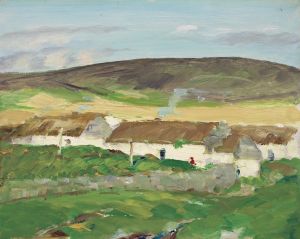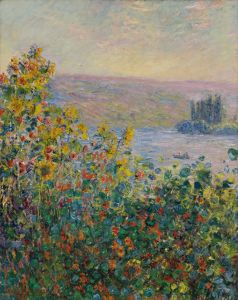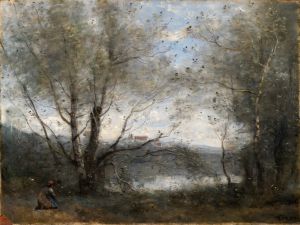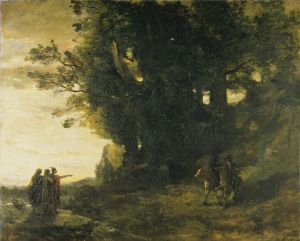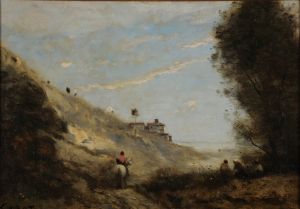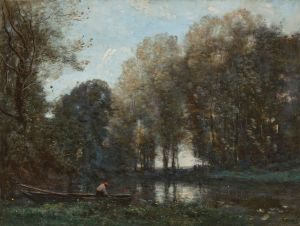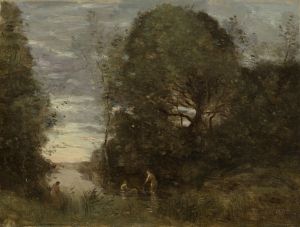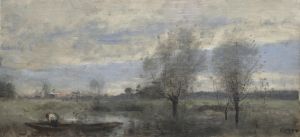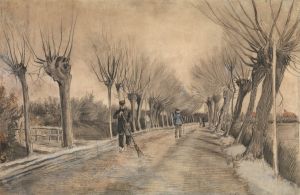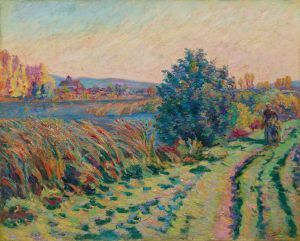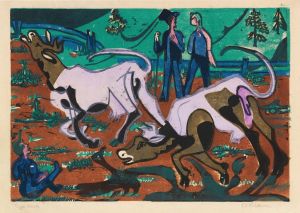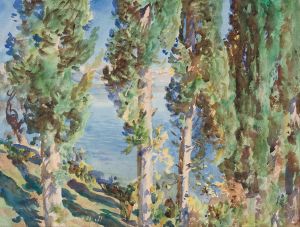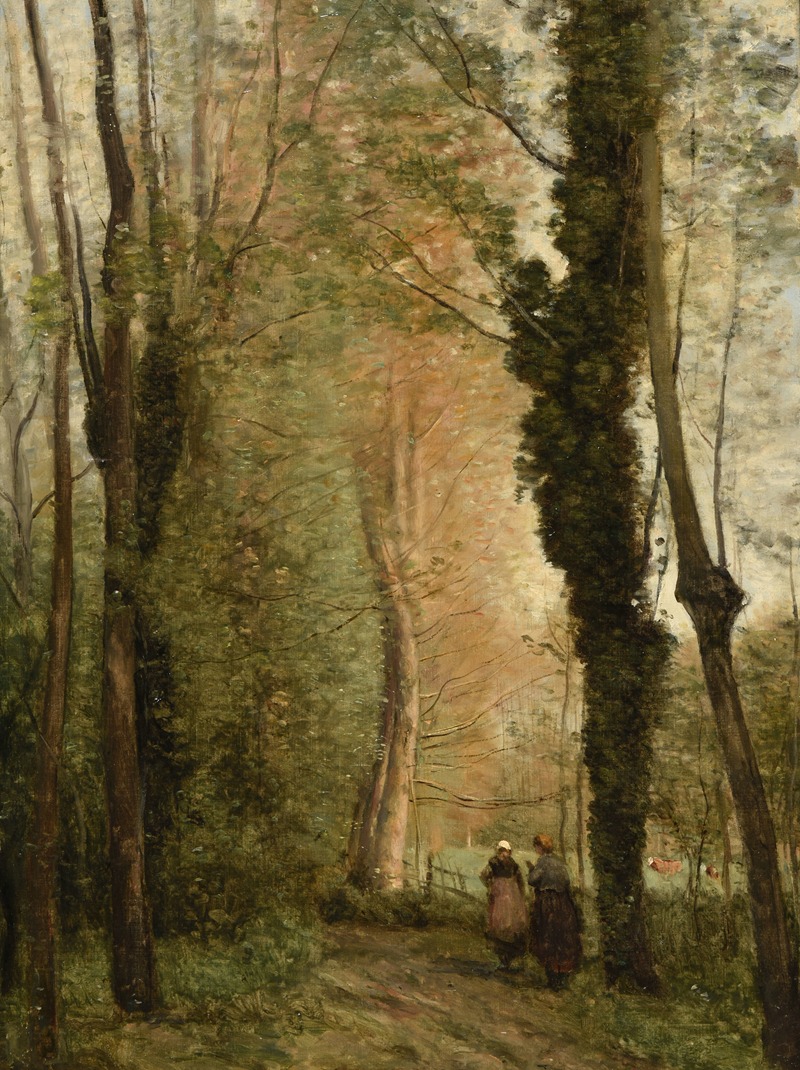
Un chemin sous les arbres au printemps
A hand-painted replica of Jean-Baptiste-Camille Corot’s masterpiece Un chemin sous les arbres au printemps, meticulously crafted by professional artists to capture the true essence of the original. Each piece is created with museum-quality canvas and rare mineral pigments, carefully painted by experienced artists with delicate brushstrokes and rich, layered colors to perfectly recreate the texture of the original artwork. Unlike machine-printed reproductions, this hand-painted version brings the painting to life, infused with the artist’s emotions and skill in every stroke. Whether for personal collection or home decoration, it instantly elevates the artistic atmosphere of any space.
Jean-Baptiste-Camille Corot was a pivotal figure in landscape painting during the 19th century, known for his role in bridging the Neoclassical tradition and the plein-air innovations that would later be embraced by the Impressionists. One of his notable works, "Un chemin sous les arbres au printemps" (A Path Under the Trees in Spring), exemplifies his mastery in capturing the serene beauty of nature.
Corot was born in Paris in 1796 and began his artistic career relatively late, after working in his family's textile business. He studied under the landscape painter Achille-Etna Michallon, who introduced him to the principles of classical landscape painting. Corot's early works were influenced by the Neoclassical style, characterized by idealized landscapes and historical or mythological themes. However, his travels to Italy in the 1820s profoundly impacted his approach to painting, inspiring him to paint directly from nature and focus on the effects of light and atmosphere.
"Un chemin sous les arbres au printemps" is a testament to Corot's mature style, which harmoniously blends realistic observation with a poetic sensibility. The painting depicts a tranquil scene of a path winding through a grove of trees, bathed in the soft light of spring. Corot's use of a muted color palette and delicate brushwork creates a sense of calm and introspection, inviting viewers to immerse themselves in the peacefulness of the natural world.
Corot's technique in this painting reflects his innovative approach to landscape painting. He often worked en plein air, or outdoors, to capture the transient effects of light and atmosphere. This method allowed him to observe and depict the subtle changes in nature with great fidelity. In "Un chemin sous les arbres au printemps," Corot's attention to detail is evident in the way he renders the dappled sunlight filtering through the leaves and the gentle sway of the trees in the breeze.
Throughout his career, Corot maintained a balance between realism and idealism, often infusing his landscapes with a sense of timelessness and tranquility. His ability to convey the mood and emotion of a scene through his brushwork and composition earned him recognition as a master of landscape painting. Corot's influence extended beyond his lifetime, as his work laid the groundwork for the Impressionist movement, which would emerge in the latter half of the 19th century.
Corot's legacy is evident in the way he inspired a generation of artists to explore new approaches to capturing the natural world. His emphasis on painting en plein air and his focus on the effects of light and atmosphere were key elements that the Impressionists would later adopt and expand upon. Artists such as Claude Monet and Camille Pissarro acknowledged Corot's influence on their work, citing his ability to capture the essence of a landscape with simplicity and grace.
"Un chemin sous les arbres au printemps" remains a celebrated example of Corot's contribution to the art of landscape painting. It embodies his unique ability to blend observation with imagination, creating works that resonate with viewers on both an aesthetic and emotional level. Today, Corot is remembered as a pioneering artist who paved the way for modern landscape painting, and his works continue to be admired for their beauty and serenity.





